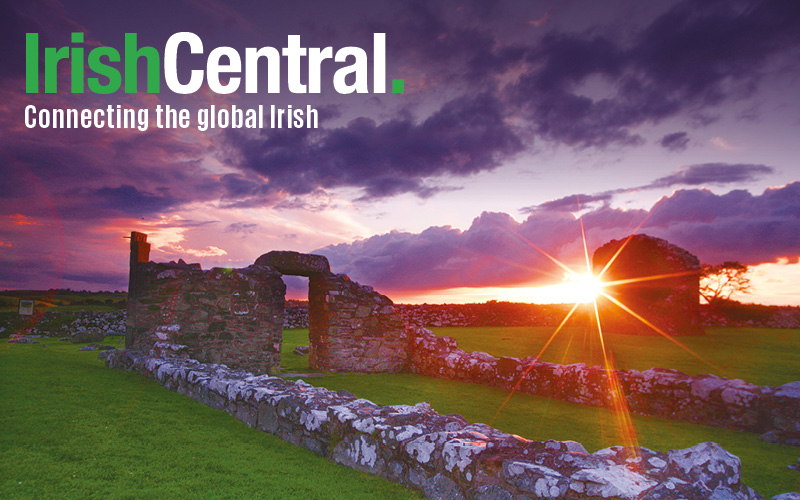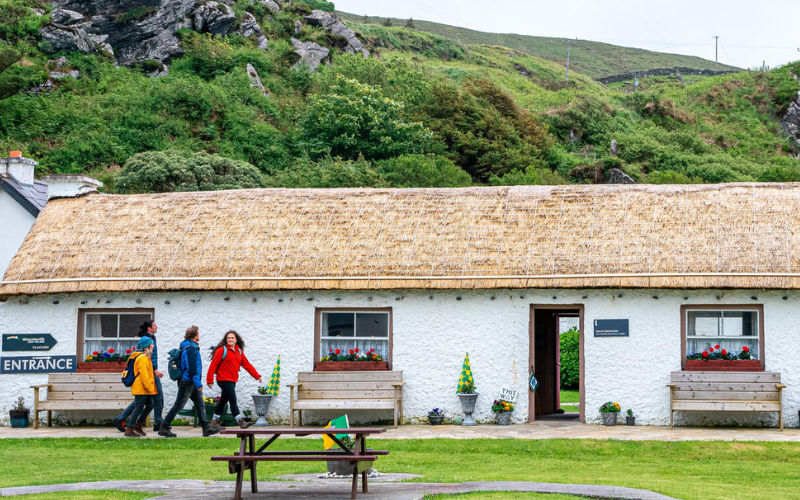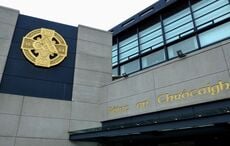The International Rules Series between Ireland and Australia kicked off last Friday with Ireland winning the first of two Test matches emphatically in Melbourne.
For those unfamiliar with the Series, it comprises of two Test matches between amateur Irish Gaelic footballers and their professional counterparts in Aussie Rules.
The matches are played using a set of compromise rulescontaining elements of both codes although the hybrid game is much closer to Gaelic football than it is to Australian Rules with a round ball used rather than the oval version.
The Series has had a chequered past and divided opinion since it was first introduced on a formal basis back in 1984.
Many clashes in the past both in Ireland and Australia were marred by outbreaks of series violence on the field and the Series was almost wound up after a recurrence of similar incidents in 2006.
--------------------
READ MORE:
News from Ireland on IrishCentral
'Glee' show with leprechaun Damian McGinty a disgrace
Did President John F Kennedy steal his inauguration speech? - VIDEO
--------------------
However, it is also provides a unique and cherished opportunity for many of Ireland’s leading Gaelic footballers to represent their country on an international stage.Constricted by being exponents of their indigenous sports, this is considered a big honour by players.
It also gives amateur Gaelic players the chance to pit their wits against professionals which they have done very well with honours shared at 10 Test victories apiece to date. However, victory tends to go the way of the touring side which is usually better organised as a competing unit.
The biggest critics of International Rules feel that it is really irrelevant in that it doesn’t represent any sport per se. Also many believe that it puts Gaelic footballers in the shop window for the professional game in Australia which annually looks to attract young players from Ireland to the game Down Under.
During recessionary times the lure of a professional contract in Australia is particularly attractive to young talented Irish players whose employment and career prospects, while pursuing their dream as an amateur county Gaelic footballer at home, remain limited.
Another criticism of the hybrid game is that it hasn’t really gained any traction as a spectacle although running for nearly 30 years although attendances for Test games in Ireland have been excellent. In 2006, for example, a combined crowd of112,127 watched the two games in Ireland.
However, there is a view that the GAA would be better trying to promote its own games of hurling and footballabroad on a greater scale, particularly in the US and Australia where there are already thriving grass roots GAA communities.
There are those who believe that instead of investing in the annual hybrid games, the GAA should consider bringing a marquee fixture abroad on a regular basis to somewhere likeMelbourne or, more realistically, New York as it did with the famous 1947 All-Ireland football final at the Polo Grounds in New York and many subsequent league finals in the 1940s ’50s and ’60s
--------------------
READ MORE:
News from Ireland on IrishCentral
'Glee' show with leprechaun Damian McGinty a disgrace
Did President John F Kennedy steal his inauguration speech? - VIDEO
--------------------
Historically, those trips were wonderful celebrations of the strengthening Irish Diaspora. A similar approach today, in an age of mass global communication, would give the GAA the chance to showcase the best of Gaelic football and hurling to a wider audience with the potential for serious follow up at grass-roots level and the potential for commercial support as a result.
The annual participation of New York in the Connacht championship already provides a platform on which a greater level of interest could be constructed by bringing the best of our games to the city.
Notre Dame is expecting at least 20,000 Fighting Irish fans to ‘invade’ Dublin next September for their clash with Navy. Think of what it would be like if Dublin were to take on Kerry in a National Final
Stateside with local and national sports media forced to take notice? What if American sports fans could witness a Kilkenny v Tipperary hurling clash first hand?
Worth pondering as we watch Ireland, almost inevitably, regain the Cormac McAnallen Cup on the Gold Coast next Friday.
Incidentally, Ireland’s second Test, being broadcast in Ireland on the Irish language television site TG4, can be watched on-line internationally on the Australian Rules Football website here.




Comments